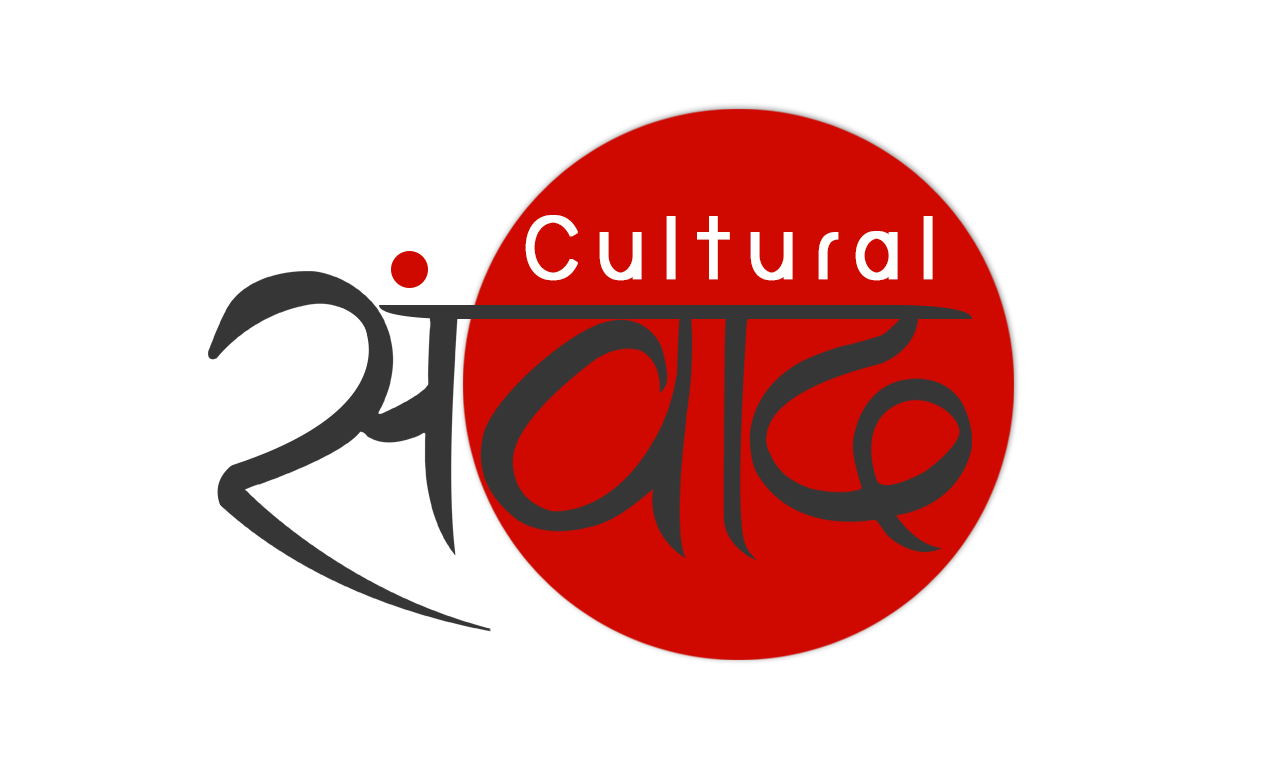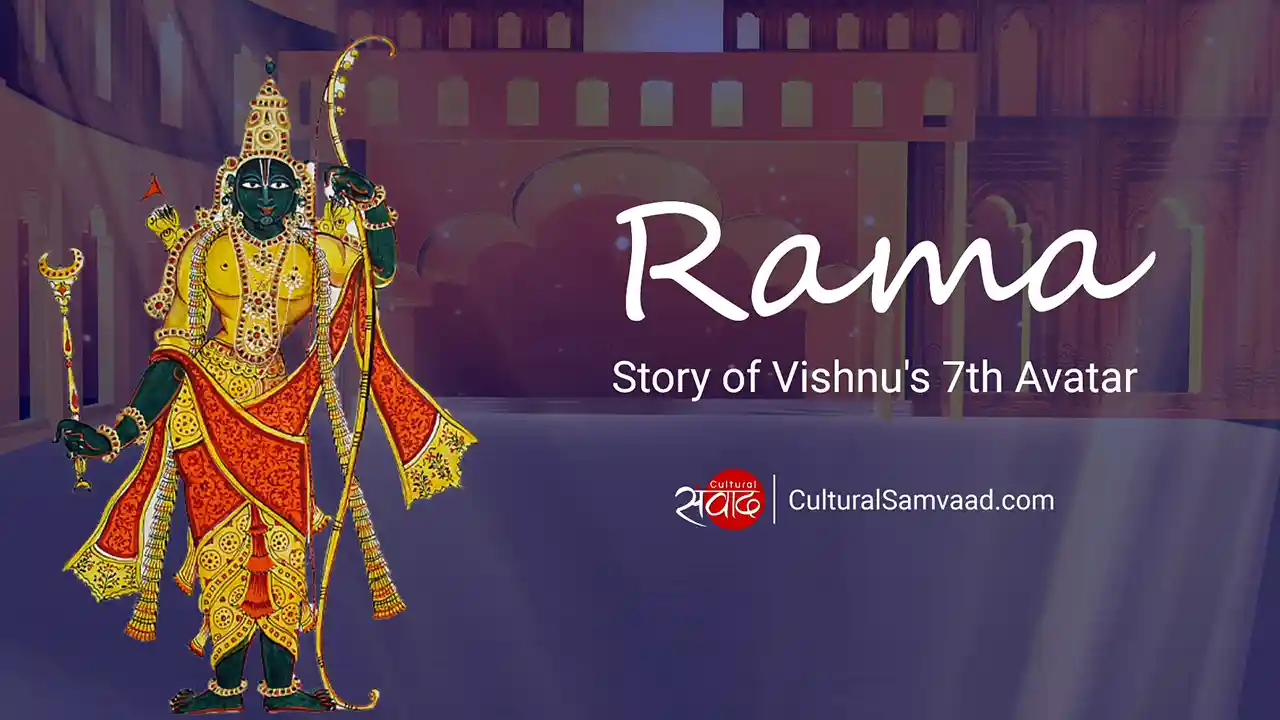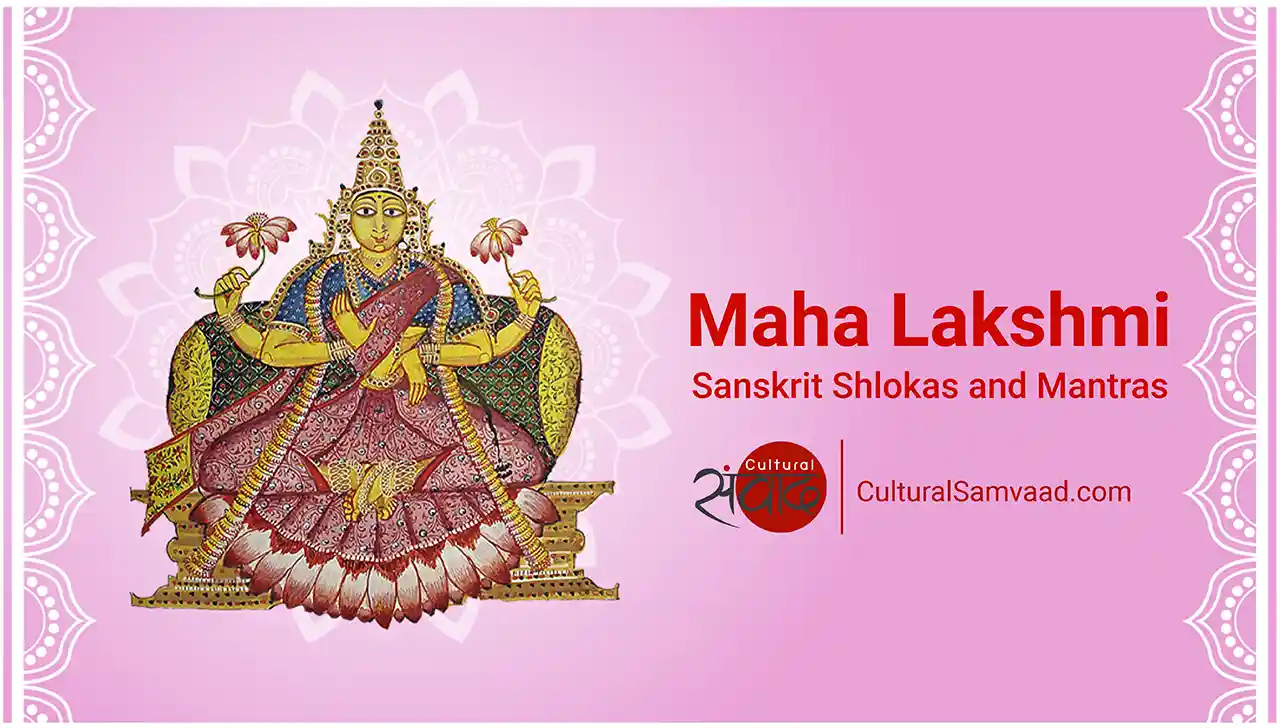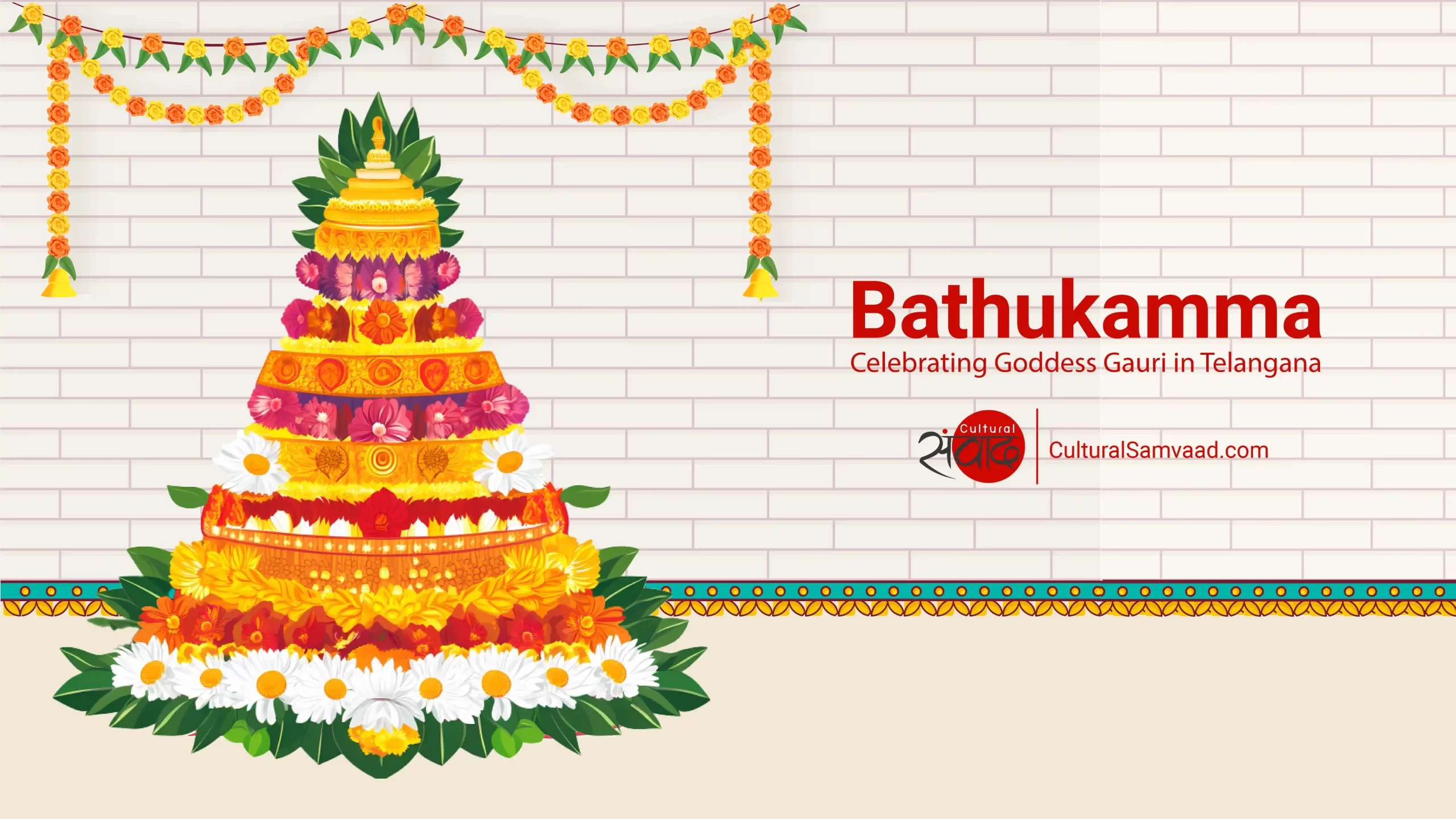Jainism is one of many traditions originating in India, which believes in the theory of transmigration of the soul or atmā and karmā. It is one of the oldest religions in the world and also one of the least understood faiths. This is mainly due to the fact that the Jaina monks or laity have never either promoted or practiced proselytizing; nor have they been concerned about establishing a distinct religious identity. The Jains have been inclusive rather than exclusive. However, in the last century and a half, we see a reversal in this trend. The Jainas have been able to carve out their own separate and distinct identity within the multitude of other faiths existing in India. This has been done peacefully and simply by following the tenets of the religion and yet to an extent also embracing the changes brought about by the changing times.
Non–violence is the central principle around which the entire religion is structured. This principle of non-violence is to be followed towards all creatures and has to be practiced to the minutest degree. Jainism does not believe in a creator, sustainer or destroyer God or in the authority of the Brahmanical or Vedic scriptures. As the ‘Gods’ are not the ultimate authority, the concept of idol worship does not really include the granting of boons and desires. Therefore, the question may arise as to why does a tradition of image worship or even temple building exist within the religion and what is the significance of the Jaina religious iconography?

Tirthankaras represent the highest point of spiritualism, renunciation and austerity. The idea behind the worship is to be inspired by their perseverance to attain the path of enlightenment and the development of one’s own character which leads to the final liberation or Mokṣa. This is because, the Jinas having attained complete liberation do not actually exist at any level. Though they are referred to as saviours, it has to do more with the crossing of the ocean of worldly life rather than the expectation of any material rewards. However, the fact remains that religion is adopted, obeyed, followed and spread by the devotees who are still a part of the worldly life. Though the Tirthankaras continue to represent the basic tenets of tyāga and sādhanā and pave the way for the realization of the ultimate goal (which is the attainment of right knowledge and ultimately freedom from the circle of transmigration) through example and inspiration rather than any active interest, the introduction of physical temples and some kind of ritual worship gives a sense of something tangible done and experienced. Not all have the ability or the inclination to grasp the intangible and be continually motivated by it. One can internalize their worship only after a certain degree of spiritual development is attained. Even though image worship is not necessary for emancipation, it became a means to an end. Knowing the principles at the foundation of the Jaina faith, it is therefore, clear that the idea behind having an idol, worshipping it, or building a temple had very different philosophical implications for the Jainas. In the later centuries, the introduction of secondary gods in the form of Yakṣas and Yakṣis in the temples helped take care of the mundane interests of the followers by providing material things to the worshippers.

Some scholars trace the tradition of having Jaina idols to the Rigveda and the Harappan Civilization as well. The naked male torso found in Harappa is believed by some scholars (T.N.Ramacandran, Jt. Director-General of Indian Archaeology) to be that of a Jina. However, a more conclusive evidence (not without its own debates) comes from the naked male torso from Lohanipur which has been dated to approximately 3rd-2nd century BCE. Lohanipur, is a central division of Patna, which places it right in the heart of Jaina territory of Bihar, before the religion moved out from the region (Jayaswal, K.P. Journal Of The Bihar and Orissa Society XXIII, March 1937, pg 130-132).
If these truly are the first Jina idols, they need to be studied better as they may have been for the purpose of veneration only and there may not have been any ritual worship involved.
Historically, the building of a place of veneration also seems to have begun in Jainism much before the advent of the common era. The places can be divided under a few broad heads. These are according to different architectural types rather than the chronological phase.
The broad heads are:
- Stupas : The Jaina Stupa excavated at Kankali Tilla in Mathura is one of the earliest Jaina shrines. The various objects have been dated from 2nd century BCE until the 12th century CE, showing a continuous presence of Jainism in the area before the community moved again. Stupa worship among the Jains has not been seen to be carried forward.
- Caves: Some of the examples of Jaina cave architecture are the caves of Udaygiri/Khandgiri caves of Orissa, Ellora in Maharashtra, Badami-Aihole in Karnataka. These caves were used for both residential purposes and worship.
- Temples: There has been continuous building of Jaina temples in the past two millennia. There were periods of prolific building alternating with periods of relative quiet. The temples of Osian, Ranakpur, Khajuraho, Deogarh represent some of the earliest, biggest, important Jaina temples. There are also same temple cities built on hills or mountains such as Girnar, Palitana, Sammet Shikhar.
- Caityas/Upashrays : Though caityas may have been existing in ancient times as a place of worship and residence mainly for the monks, the Upashrays are a very recent development. They are the residences for the monks and nuns built by the laity. The worship involved here is purely internal and in the form of recitation of prayers and prescribed verses and bhāva pūja.
Besides these, there are objects of veneration like the Āyāgapaṭṭas (homage tablets). One suggested use of these is that they were kept in Jaina homes as icons of worship as they contained Jaina Tirthankara figure in its centre as also the eight auspicious symbols on their borders. Pattāvalis (record of a spiritual lineage of heads of monastic orders), murals (Ellora and Sittanavasal), manuscript paintings (mainly of the Kalpasutra and Kālakācarya).
As mentioned earlier, the Jaina pantheon was expanded and additions were made of the existing popular deities. The Gods and Goddesses were given new names and a suitable Jaina history. There was also the introduction of secondary deities such as Saśanadevatās or the Yakṣas and Yakṣis which were the attendants of each Tirthankara.
Today, we see the tradition of Jaina worship divided between temples and upashrayas. The worship of secondary deities has expanded exponentially. Conversely, we also see a rise in new leader-based cults which give importance to spiritual growth through dhyana and learning rather than rituals.
Reference List:
- Jaina Philosophy and Religion by Nagin J.Shah (Translation of Jaina Darśana by Muniśrī Nyāyavijayajī), Motilal Banarsidass, New Delhi,1998 (2000)
- Religion & Culture Of The Jains by Jyoti Prasad Jain, Bharatiya Jnanpith, New Delhi, 1975 (1983)
- The Jains by Paul Dundas, Routledge, London, 1992 (2002)
- Jaina Art And Architecture (Northern & Eastern India), Ed. K. L. Chanchreek and Mahesh K.Jain, Shree Publishers & Distributors, New Delhi, 2004






Amazing ? congratulations to you
Would like to learn more about those gods and goddesses who were given new names with their old names and elaborate jain history attached to them.
Sure – we will try and address these in subsequent posts.